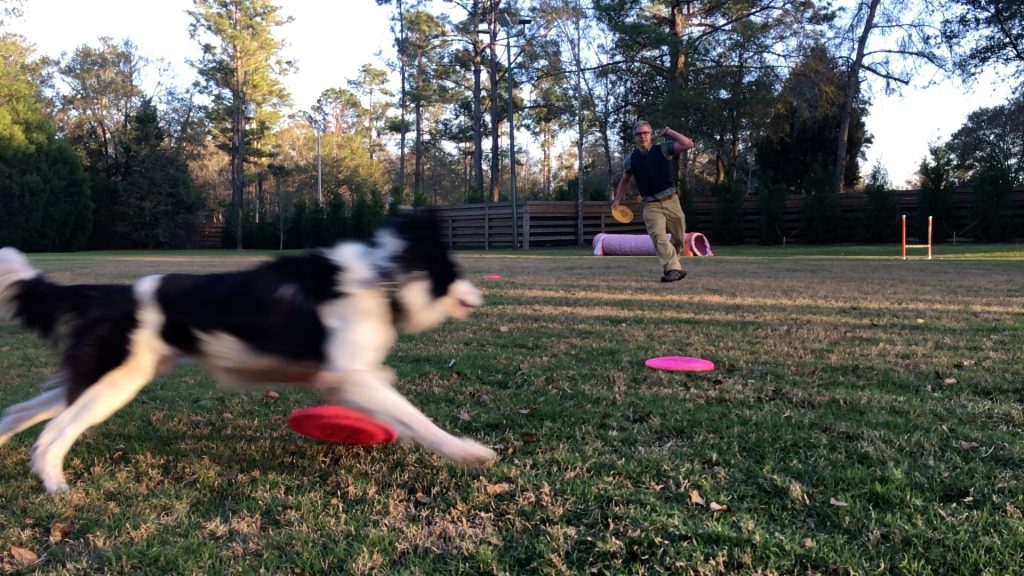
Routine Building | Stop Putting the Cart Before the Horse
In routine building handlers are often putting the cart before the horse. I’ve built more than a few routines in my time. I’ve drawn detailed diagrams, written lists with wind modifiers, grouped my sequences, made physical models of the routine – all of these things have been helpful to some degree. But they were, more often than not, putting the cart before the horse.

Up until a few years ago all of my detailed planning and years of experience a good portion of my detailed plans went straight out the window when I started to put things together on the field of play because I was putting the cart before the horse.
Questions of the Cart
Where Do I Put This Sequence?
There are performance concerns in this question, the ebb and flow of energy within your routine are important concerns, those are neither cart nor horse concerns.
Most of the time, this question is asked in order to manage discs based upon where the dog normally drops them. This is a question of the cart, and the location of the cart is based upon where the horse is.

Where Do I Cue My Drops?
Where you cue your drops is very important in routine building and shows elevated understanding of routine building, but this is still a cart question. The answers to this question are based upon how the horse is going to be moving throughout the routine.
Where Do I Make My Out Throws?
Another thoughtful question that is important to routine building is where am I going to make my out throws? This is far better than just chucking the disc after the last trick in a sequence and dealing with the consequences, but skillful use of the out throw, out throws made with the behavior of the horse in mind makes routine building a much more efficient and effective operation.
Where Are My Discs Going to Be?
Your discs are going to be where the horse that is dragging the cart leaves them or where the human with the reins clicks or clucks the drop cue. They will only be where the dog is likely to go.
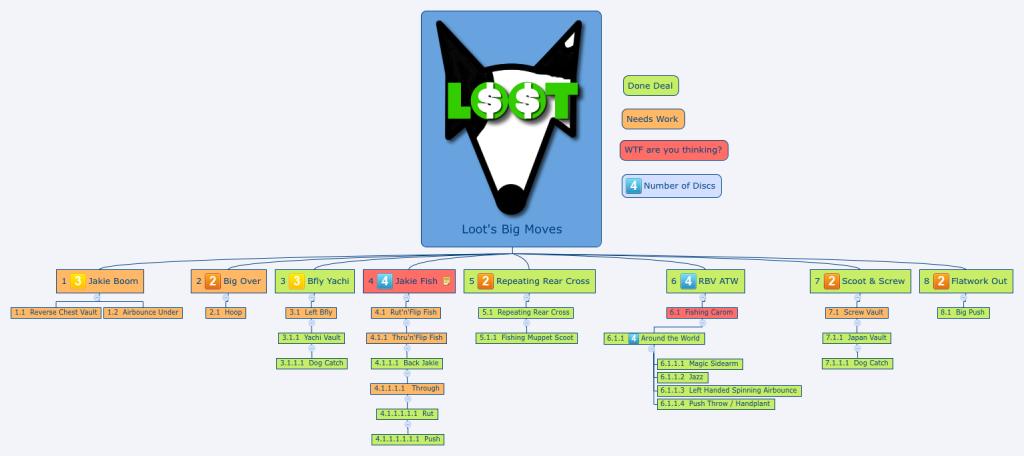
The Cart Follows the Horse
The questions of the cart are important, but they’re not the starting point and are all dependent upon deeper questions that come first; questions that lead and control these answers.
Questions of the Horse
What Is My Dog’s Preferred Direction?
This is, perhaps the most important question that a disc dog handler can ask. Few disc dog handlers have even asked it and very few handlers have an answer for it. Even less have the right answer.
Knowing your dog’s preferred direction is knowing where the horse that is leading the cart is going to go and how easy it will be to get him or her to go there. It also predicts where the dog is going to go after the catch. Each of these pieces of knowledge are absolutely key to routine building and deliver most of the answers to the cart questions above.
Where does my dog go after the catch? After this catch?
Where the dog goes after the catch is based upon your dog’s preferred direction. Your dog is very likely to move in his or her preferred direction after a catch. This release after catch is the determining factor in large scale movement, shapes, and patterns that can be expected in a freestyle routine. Where the horse goes, the cart follows. Know where the horse is going to go and you know where the cart is going to be.
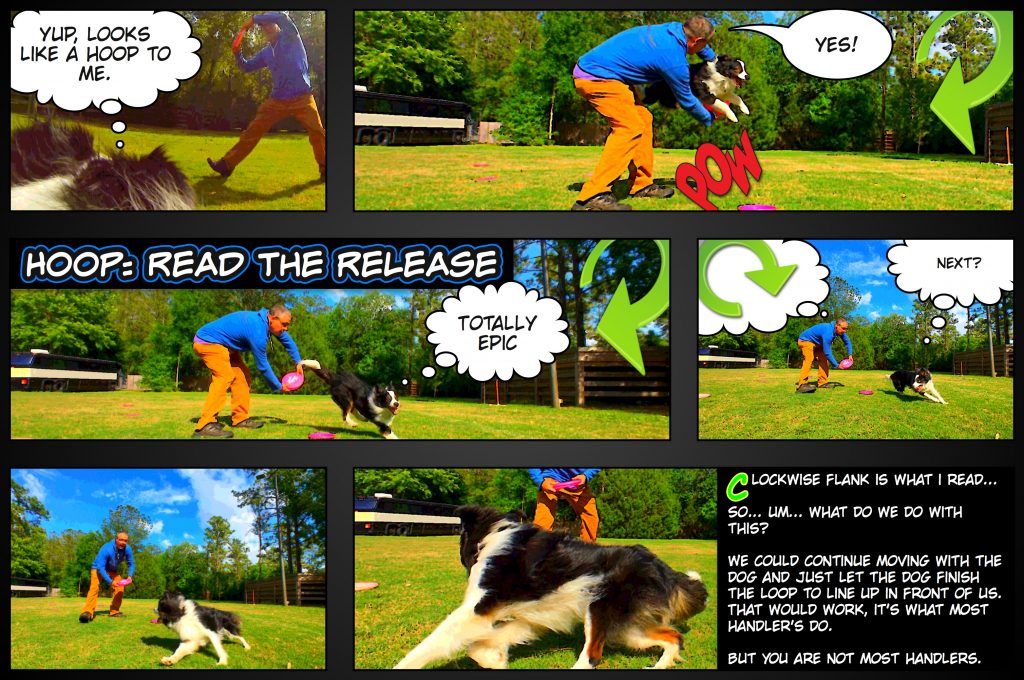
How Does My Body, My Movement, and My Position Influence My Dog’s Movement?
The handler’s actions, position, and movement control the movements of the dog. If you don’t know how your actions impact your dog, good luck making team movement routine.
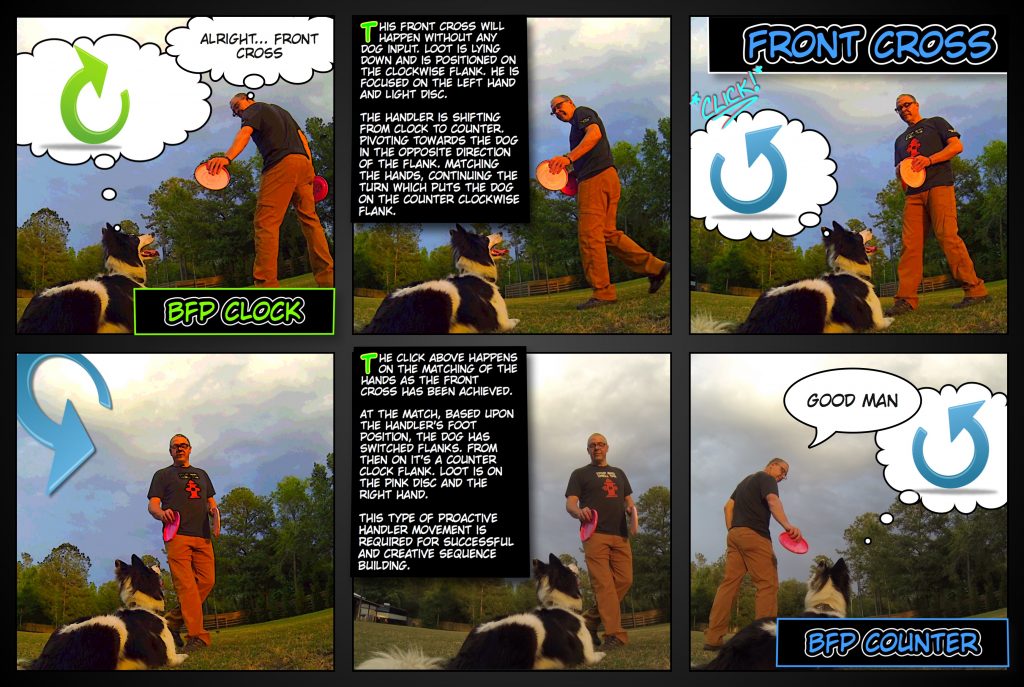
We have to do many things during a freestyle routine. Knowing how your actions, without the disc, are going to move the dog have great impact on where your cart is going to be and how it is going to be moving.
How Does Field Pressure Impact My Dog?
The field and your position on it exerts pressure on the dog, handler, and team. You know that you can’t throw in that direction because there is not enough room or because the judges sit there, right?
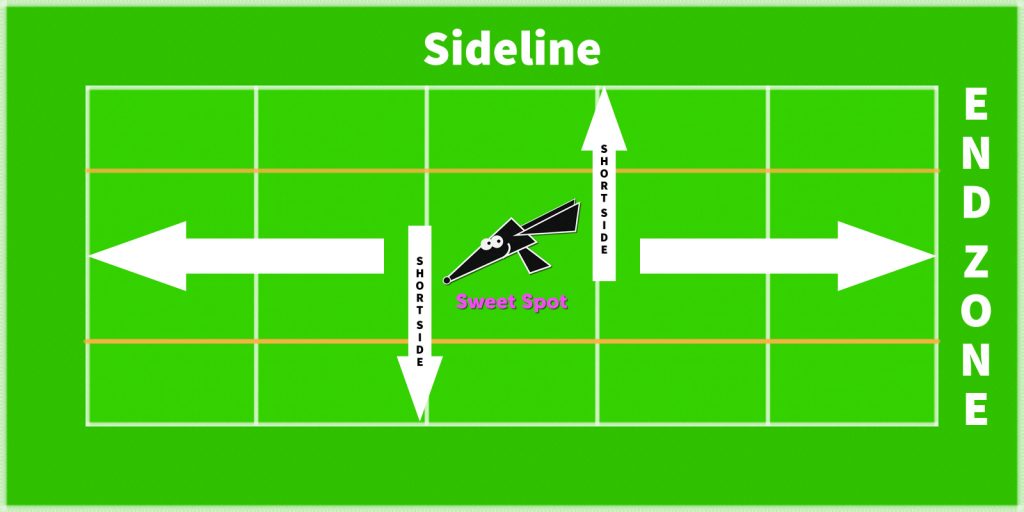
Well your dog has knowledge like that too. If you throw into the corner, the dog has to move with the pressure of that corner in mind – the dog might not move in the normal direction. The angler of the throw in relation to the edges of the field can and do change the calculus of team movement. Throw the handler’s position and movement and the direction of the next throw into the mix and you’ve got several variables to juggle.
Where and When Is My Dog Likely to Drop?
Knowing where and when the dog is likely to drop makes driving the disc management cart much easier. It’s much easier to avoid getting off track or making poor routine building or disc management choices on paper.
Can’t Drive the Cart If You Don’t Know the Horse
The cart is pulled by the horse. If you don’t know the horse, odds are you won’t be able to drive the cart and the cart won’t go where you really want it to go and it might not get there at all.
The Dog is the Horse and the Routine is the Cart
When building a routine it is important to put the horse before the cart. Your dog is the horse and the routine is the cart. You need to know things about your dog before you start trying to build a routine and while building a routine if you know about your horse the cart simply follows.







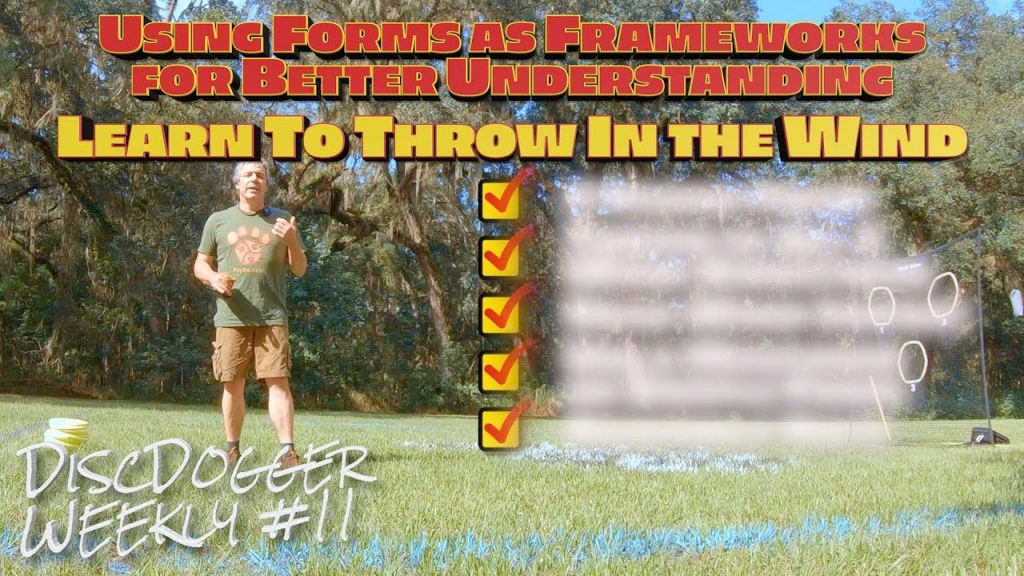
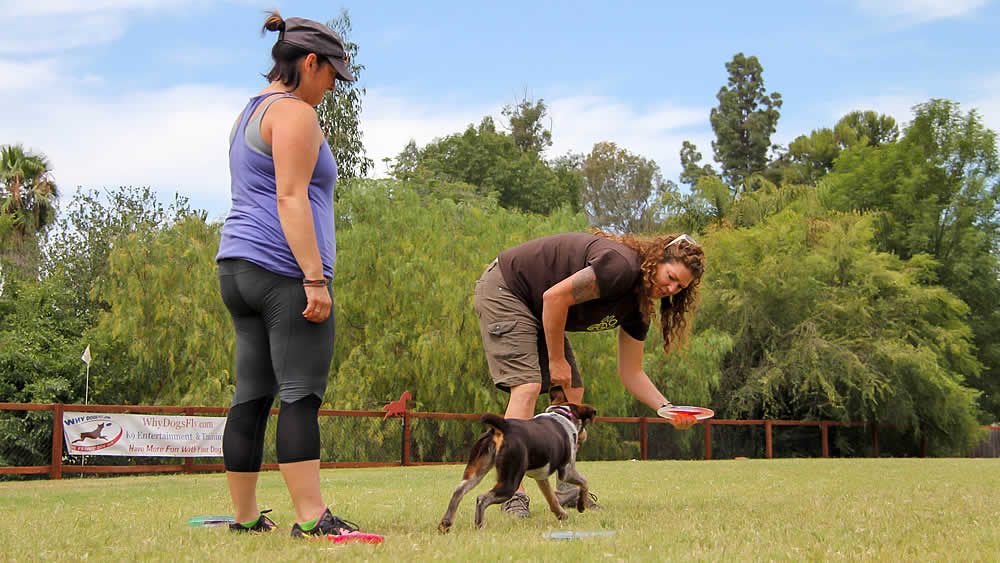
Responses